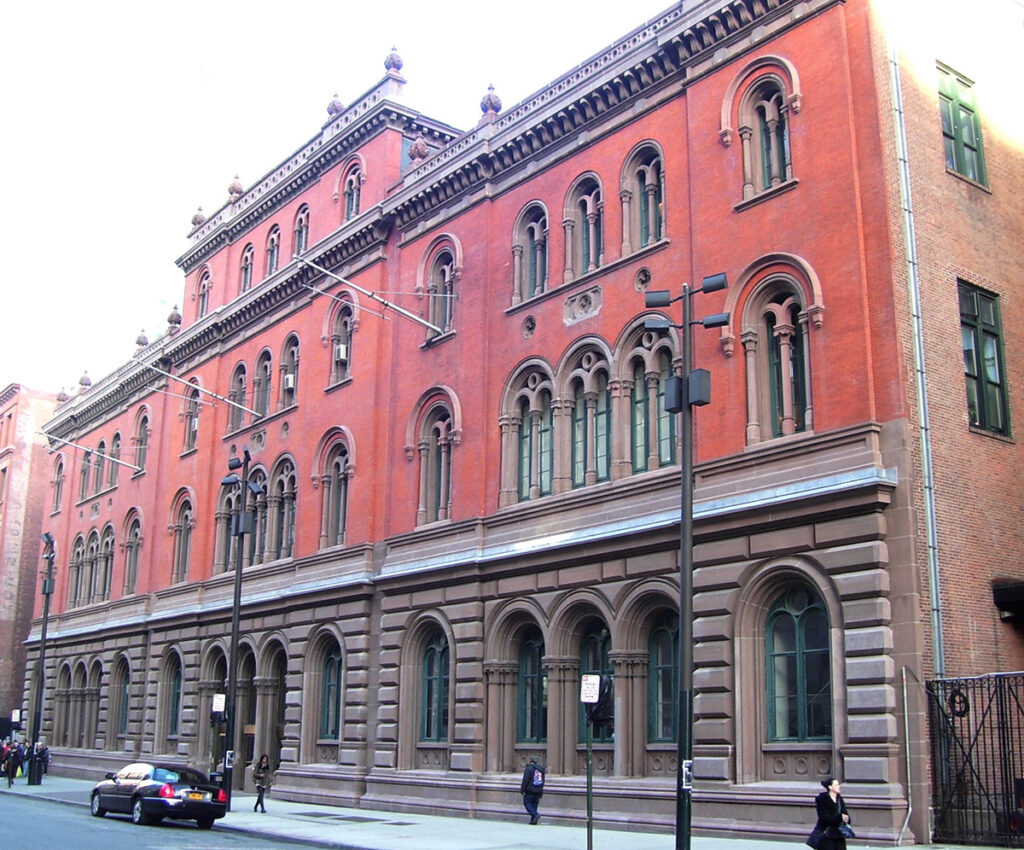Historic districts and individual landmarks in New York City are not generally exempt from compliance with the New York City Energy Conservation Code (NYECC). Many NYC landmarks happen to be exempt because they have state and/or national landmark status. For more information about a property’s status, the New York State Office of Parks, Recreation & Historic Preservation maintains the Cultural Resource Information System (CRIS), an online database searchable by project number or submission token.
For all other city-designated landmarks and historical districts, there are eight available exceptions to Energy Code compliance (NYCECC 101.2.5).
- Exception 1: Storm windows installed over existing fenestration.
- Exception 2: Glass-only replacements in an existing sash and frame, provided that U-factor and solar heat gain coefficients meet certain requirements.
- Exception 3: Alterations, renovations, or repairs to roof, ceiling, wall or floor cavities, provided that certain insulation requirements are met.
- Exception 4: Alterations, renovations or repairs to walls and floors where the existing structure doesn’t have framing cavities and no new framing cavities are built.
- Exception 5: Reroofing where neither the sheathing nor the insulation is exposed.
- Exception 6: Replacement of existing doors that separate conditioned space from the exterior doesn’t require a vestibule or a revolving door to be installed. However, existing vestibules that separate conditioned from exterior space may not be removed.
- Exception 7: In a commercial building, if less than 10% of the luminaires in a space are being replaced and the alteration does not increase the installed interior lighting power, compliance with NYCECC is not required. Conversely, if all lighting within a space is being replaced, the exception would not apply.
- Exception 8: An alteration that replaces only the bulb and ballast within the existing luminaires in a space, so long as the alteration doesn’t increase the installed interior lighting power.
Often for renovation projects with a small scope, a tabular analysis is utilized to demonstrate compliance with the Energy Code.
DOB provides a fairly comprehensive spreadsheet for guidance regarding tabular analysis for energy code compliance. You can navigate between tabs at the bottom of the sheet to review analyses for different scopes of work. When running an analysis, all energy code sections applicable to the scope of work must be included in the tabular analysis for each permit application.
DOB has also published a helpful guide regarding supporting documentation for lighting energy code compliance.


